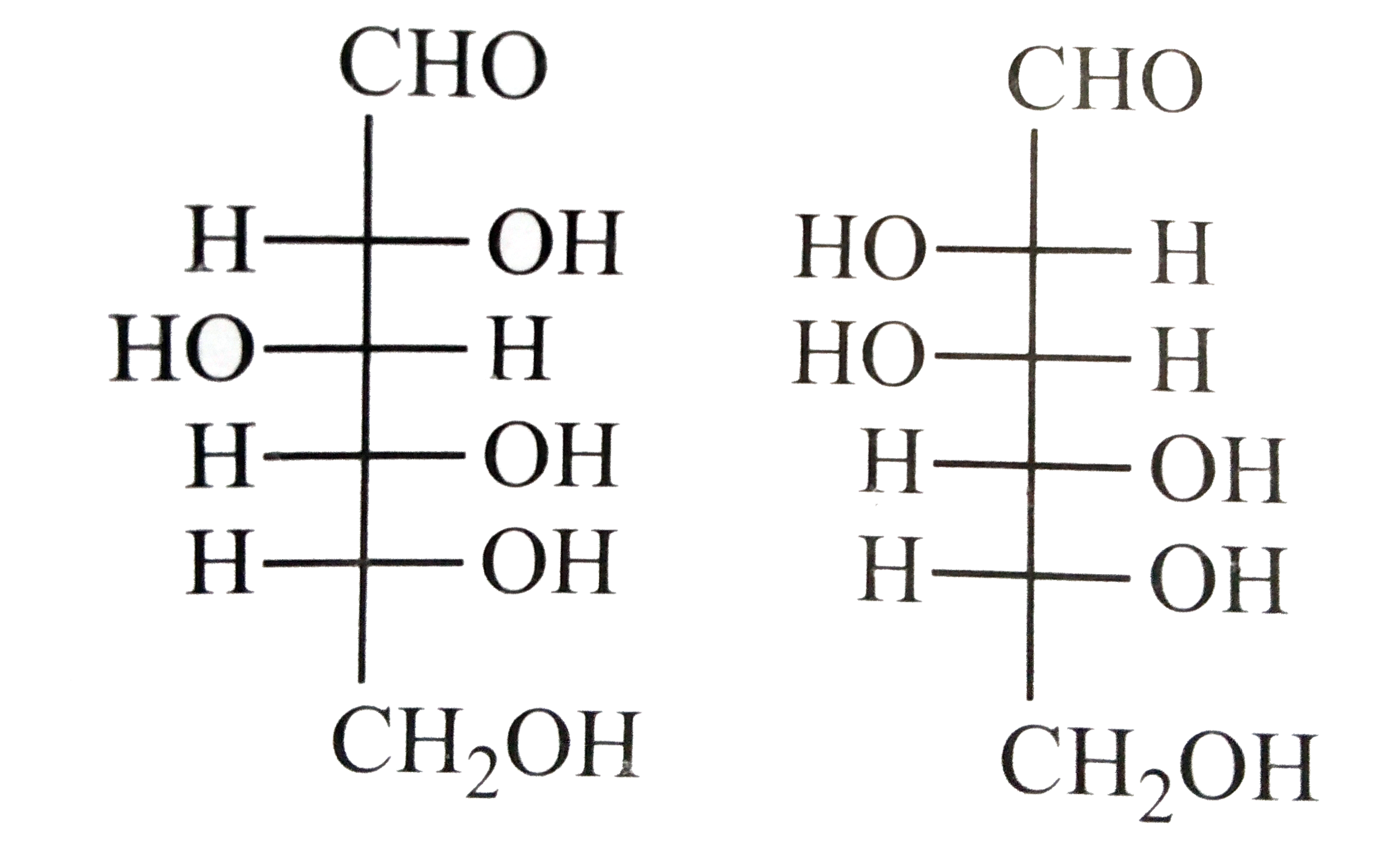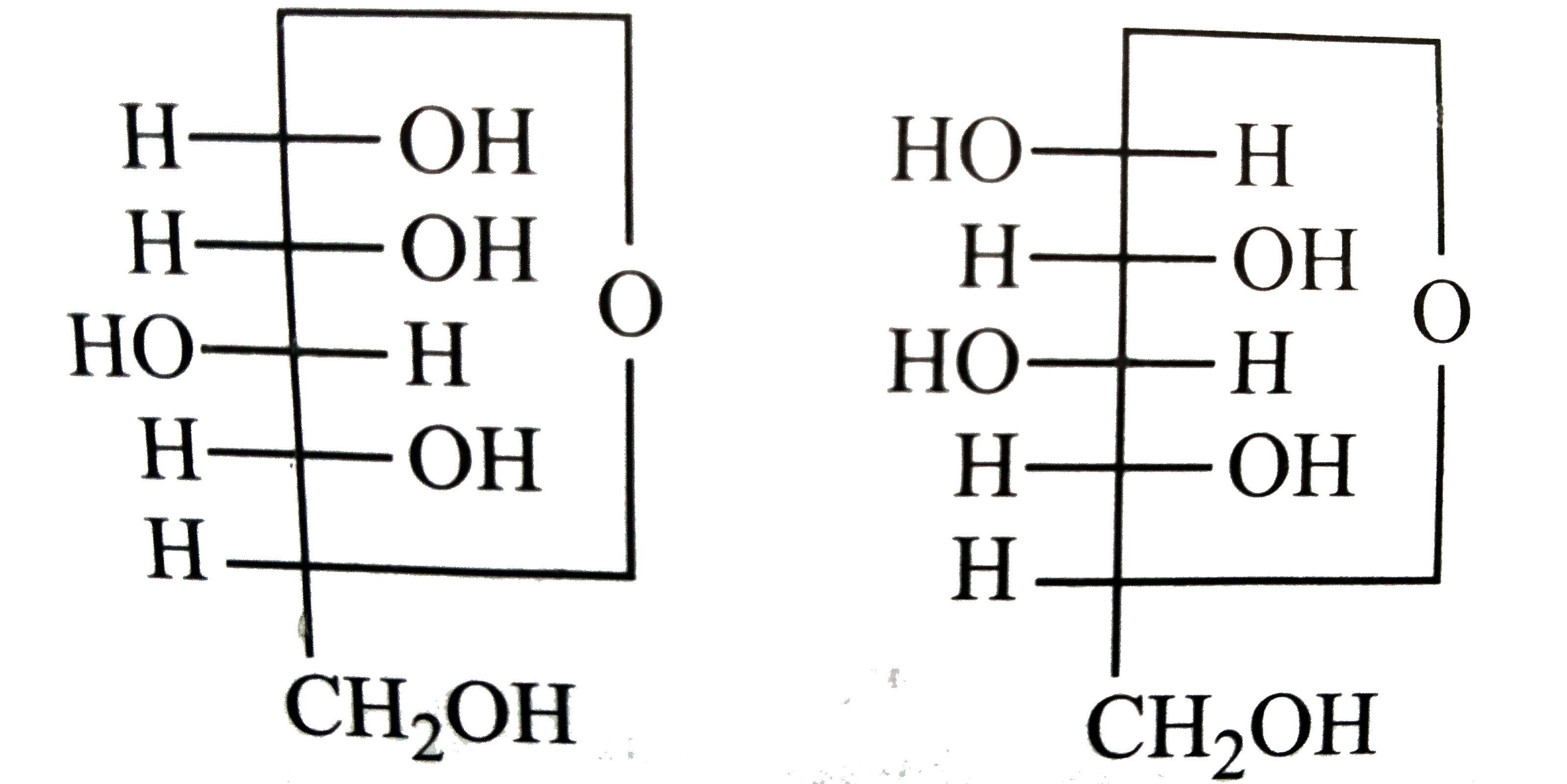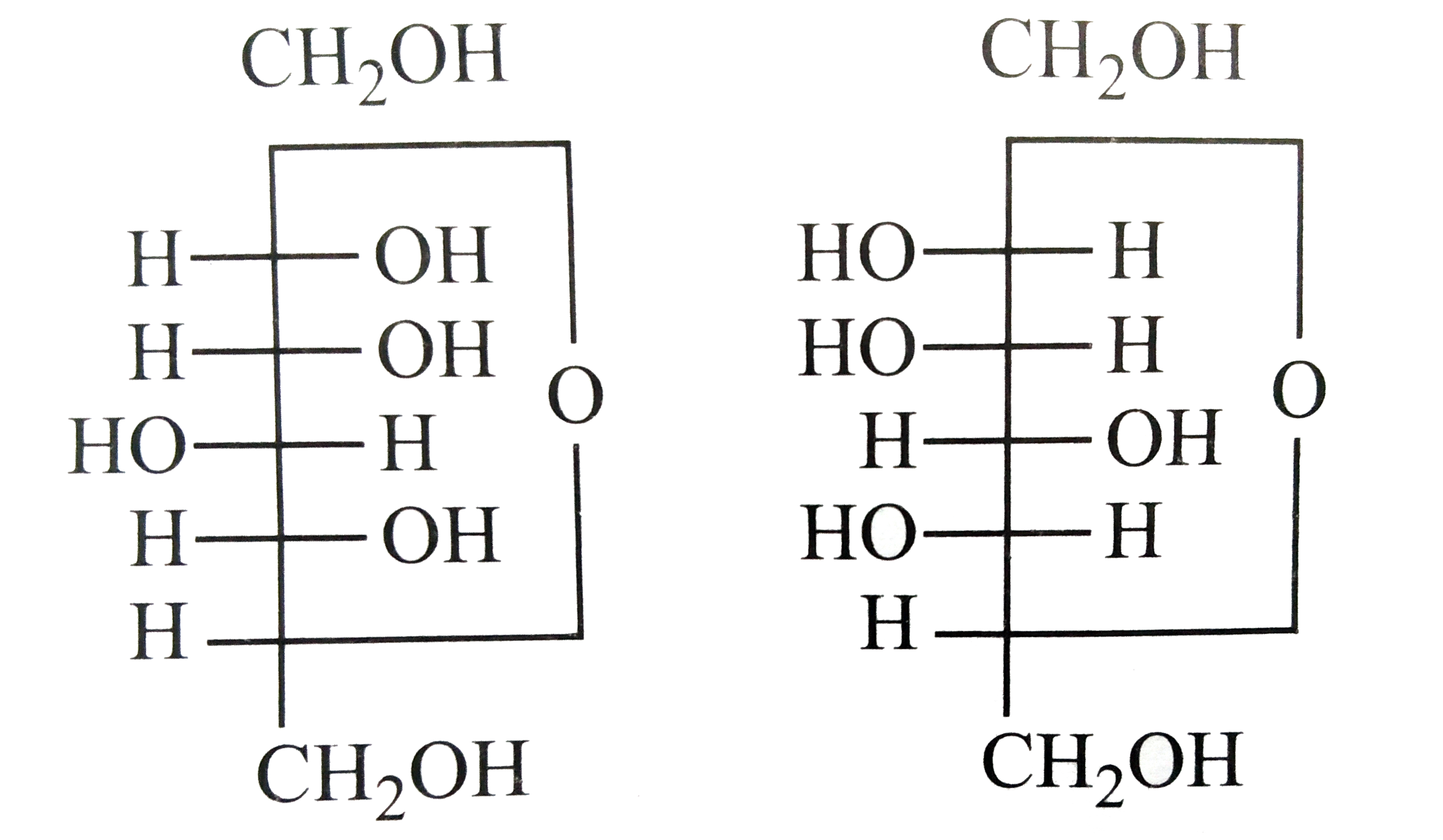Which of the following represents the conjugate pair of NH3?
NHΘ2
NH⊕4
Both (a) and (b)
N3−
The correct Answer is:C
To find the conjugate pair of NH₃ (ammonia), we need to understand the concept of conjugate acid-base pairs. A conjugate acid-base pair consists of two species that differ by one proton (H⁺).
1. Identify NH₃ as a Base:
- NH₃ can act as a base because it can accept a proton (H⁺).
- When NH₃ accepts a proton, it becomes NH₄⁺ (ammonium ion).
2. Determine the Conjugate Acid:
- The conjugate acid of NH₃ is formed by adding a proton (H⁺) to it.
- Therefore, NH₃ + H⁺ → NH₄⁺.
- Thus, NH₄⁺ is the conjugate acid of NH₃.
3. Identify NH₃ as an Acid:
- NH₃ can also act as an acid in some reactions by donating a proton.
- When NH₃ donates a proton, it becomes NH₂⁻ (amide ion).
4. Determine the Conjugate Base:
- The conjugate base of NH₃ is formed by removing a proton (H⁺) from it.
- Therefore, NH₃ - H⁺ → NH₂⁻.
- Thus, NH₂⁻ is the conjugate base of NH₃.
5. Conclude the Conjugate Pair:
- The conjugate acid-base pair for NH₃ is NH₄⁺ (conjugate acid) and NH₂⁻ (conjugate base).
- Both differ by one proton (H⁺).
Final Answer:
The conjugate pair of NH₃ is NH₄⁺ (conjugate acid) and NH₂⁻ (conjugate base).
---
- NH₃ can act as a base because it can accept a proton (H⁺).
- When NH₃ accepts a proton, it becomes NH₄⁺ (ammonium ion).
- The conjugate acid of NH₃ is formed by adding a proton (H⁺) to it.
- Therefore, NH₃ + H⁺ → NH₄⁺.
- Thus, NH₄⁺ is the conjugate acid of NH₃.
- NH₃ can also act as an acid in some reactions by donating a proton.
- When NH₃ donates a proton, it becomes NH₂⁻ (amide ion).
- The conjugate base of NH₃ is formed by removing a proton (H⁺) from it.
- Therefore, NH₃ - H⁺ → NH₂⁻.
- Thus, NH₂⁻ is the conjugate base of NH₃.
- The conjugate acid-base pair for NH₃ is NH₄⁺ (conjugate acid) and NH₂⁻ (conjugate base).
- Both differ by one proton (H⁺).
The conjugate pair of NH₃ is NH₄⁺ (conjugate acid) and NH₂⁻ (conjugate base).
Topper's Solved these Questions
- IONIC EQUILIBRIUMBOOK - CENGAGE CHEMISTRY ENGLISHCHAPTER - IONIC EQUILIBRIUMEXERCISE - Exercises Assertion-Reasoning
36 Videos
- IONIC EQUILIBRIUMBOOK - CENGAGE CHEMISTRY ENGLISHCHAPTER - IONIC EQUILIBRIUMEXERCISE - Exercises Integer
10 Videos
- IONIC EQUILIBRIUMBOOK - CENGAGE CHEMISTRY ENGLISHCHAPTER - IONIC EQUILIBRIUMEXERCISE - Exercises Multiple Correct
33 Videos
- HYDROGEN, WATER AND HYDROGEN PEROXIDEBOOK - CENGAGE CHEMISTRY ENGLISHCHAPTER - HYDROGEN, WATER AND HYDROGEN PEROXIDEEXERCISE - Subjective Archive (Subjective)
3 Videos
- ISOMERISMBOOK - CENGAGE CHEMISTRY ENGLISHCHAPTER - ISOMERISMEXERCISE - Assertion-Reasoning Type
1 Videos
Similar Questions
Knowledge Check
Which of the following represents a pair of enantiomers?
A B
B C
C D
D
Which of the following pairs represents anomers ?
A B
B C
C D
D
Which of the following are conjugate acid-base pairs ?
View SolutionThe conjugate acid of NH2− is
View SolutionWhich of the following pairs represents anomers?
View SolutionWhich of the following pairs represents isobars?
View SolutionWhich of the following is a conjugated protein ?
View SolutionWhich of the following is not a conjugate acid-base pair?
View Solution
